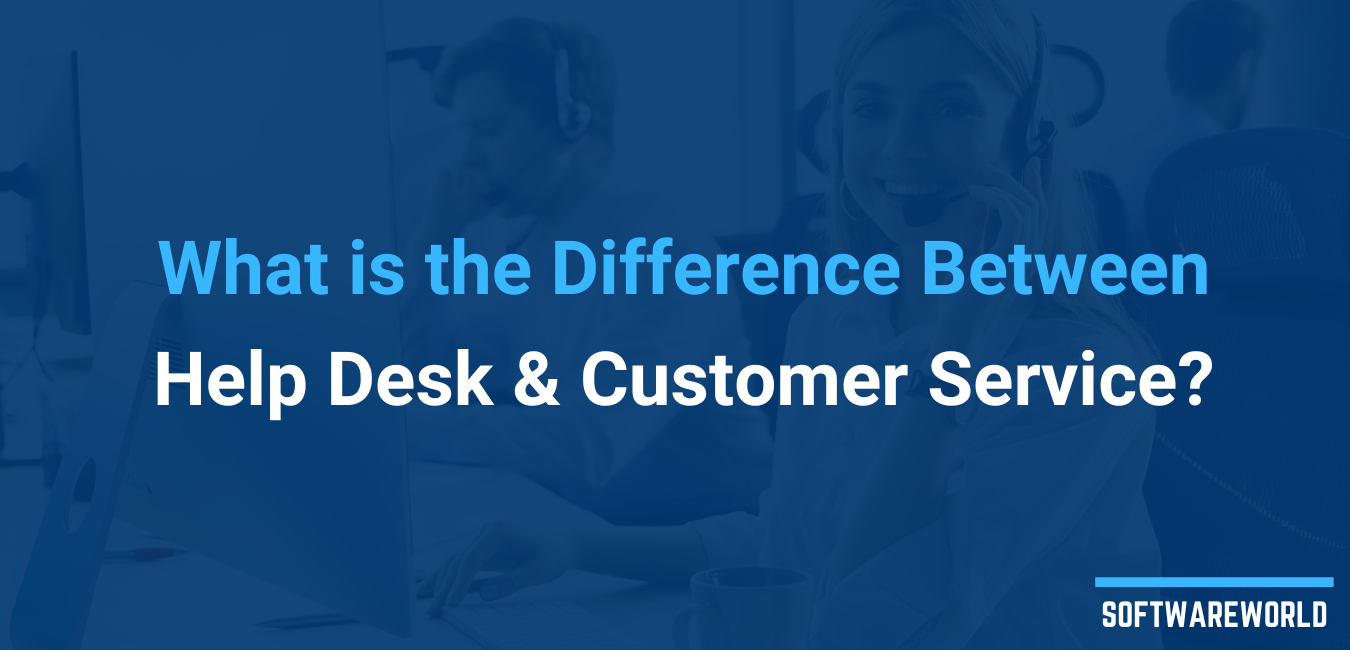Table of Contents
Being a broad umbrella term for simplified versions of products released to the market, a minimum viable product (MVP) can take various forms. All of them help you to present your product idea to the target audience and gain valuable insight based on user feedback that will govern your decisions regarding further software evolution.
However, some MVP types can work for you better than others. In this article, we zero in on a single-feature MVP, discussing its advantages, planning process, and the associated difficulties that you should expect and be ready to address.
» Behind the Term
As is often the case with ambitious-sounding terms, a ‘single-feature’ MVP doesn’t necessarily imply the development of a single feature only. What it means is that your focus should be on best presenting one specific feature and that you should plan and build your MVP around this feature. To do so, however, you usually have to create a functional foundation consisting of other basic features.If you are creating a mobile wallet app, for instance, you can focus on implementing the NFC payment feature, but you’ll have to develop the feature that will allow a user to safely register their card too. Otherwise, the payment feature won’t make sense at all.
» Advantages of a Single-Feature MVP
› Low costs, high quality
Building an MVP is cost-effective in general, but building an MVP around only one feature helps you to minimize your expenses even more. If saving money isn’t critical to you, you can invest more in the implementation and testing of your key feature to achieve better quality, raising your chances of attracting customers’ attention to your MVP.› Fast time-to-market
The prompter you start getting first user input and first revenue, the faster you can begin evolving your MVP according to the real market demands. Having only one feature to focus on, you significantly reduce development time and hit the market sooner.› A robust and stable basis
Unlike single-feature MVP, such MVP types as ‘Flintstone’ and ‘Piecemeal’ are based on fabrication strategies. For the first type, you fake MVP automation by, for instance, telling users that your software-as-a-service performs a specific task (say, mass mailing) automatically, while in reality, you have a large team who performs this task manually for every user. For the other type, you fake the novelty of your MVP by reusing such elements as open-source code and design templates.These MVP types aren’t bad, but they put you at risk of being caught in a lie. A single-feature MVP implies laying a solid foundation for your future product from the very start by actually writing original and decent code. You’ll be busy enough responding to customer demands after the release to keep up any façade, so creating a stable basis can spare you the efforts and allow focusing on gathering feedback and adjusting what you already have.
» Tips for Planning Out a Single-feature MVP
› Unique Value Proposition and Unique Selling Point
For an MVP to find its market niche, the core feature should render a Unique Value Proposition (UVP) and a Unique Selling Point (USP). Despite the ‘unique’ part, these points (which often coincide) don’t have to be outstanding innovations. All UVP/USP should do is make your product differ from those of your direct competitors and offer added value to the users.In other words, you may rethink some standard way a certain feature works or minimize customer inconveniences from using a feature in your competitors’ products by offering a new approach. Solved that buggy way an application uploads a file and extended the number of supported file formats. You have your UVP/USP and, consequently, a greater chance to succeed in the market.
› Stick to one UVP/USP (for now)
If you plan to offer something outstanding to the market, your product can have several unique points. However, to create a single-feature minimum viable product, you’ll have to choose a single UVP/USP to start with. Don’t base this choice on budget or time investments and listen to your future user base instead.Connect with the customers of similar products in topical chats and messaging boards, convey online surveys, go through market analyses – and single out the one UVP/USP that your customers would anticipate most.
› Keep future features in the queue
By casting other features aside and focusing on the implementation of the UVP/USP functionality, you aren’t erasing them from the concept entirely and will get back to them. It’s important to make this fact clear to your customers by drafting and communicating your future update plans.Sure, these plans will change according to the customer reviews and comments later, but at the time of release, you should have an approximate idea of what the next 2 or 3 versions of your MVP would be like.



